Understanding Energy Efficiency
When it comes to understanding appliance energy-saving innovations, it is crucial to recognize the significance of energy savings as well as the challenges or barriers that may impede the adoption of energy-efficient practices.
Importance of Energy Savings
Energy-efficient appliances play a pivotal role in reducing utility costs for households. On average, an energy-conscious household in the U.S. can save approximately $450 annually on utility bills by using energy-efficient appliances. Appliances labeled with Energy Star certification, such as refrigerators and washing machines, not only reduce electricity usage but also conserve water, resulting in substantial cost savings for consumers (NRDC).
In the realm of home comfort, U.S. households typically spend around $900 each year to maintain a comfortable temperature indoors. Opting for Energy Star-certified heat pumps, air conditioners, and central air conditioning units can lead to savings of $160 or more on energy bills. Particularly, super-efficient electric heat pumps offer a cleaner and more cost-effective solution for heating and cooling homes, especially in areas where oil and propane furnaces are prevalent (NRDC).
Barriers to Energy Efficiency
Despite the benefits of energy efficiency, there are notable barriers that hinder its widespread adoption. Developers and manufacturers of energy-efficient technologies often face challenges related to market acceptance due to factors such as lack of awareness or resistance to change.
One of the primary obstacles to embracing energy-efficient practices is the high initial cost associated with energy-efficient technology and the absence of adequate financial incentives. Many energy-efficient products and technologies command a higher upfront investment compared to their less efficient counterparts, which can pose challenges for consumers and businesses operating on limited budgets.
Furthermore, the ‘split incentives’ issue emerges when the party responsible for the costs of implementing energy-efficient measures differs from the one who reaps the benefits of energy savings. This predicament is common in rental properties, where landlords may hesitate to invest in energy-efficient upgrades since tenants enjoy the resultant savings. To combat this challenge, policies that incentivize energy-efficient enhancements in rental properties are recommended by the U.S. Department of Energy (DOE) and the International Energy Agency (IEA).
Understanding the importance of energy savings and acknowledging the barriers to energy efficiency are critical steps in promoting sustainable practices and embracing energy-saving innovations in the realm of home appliances. By educating yourself on these aspects, you can make informed decisions that not only benefit your household but also contribute to a greener and more efficient living environment.
Implementing Energy-Saving Techniques
When it comes to enhancing the energy efficiency of your appliances, understanding and implementing innovative financing mechanisms and taking advantage of technology advancements for efficiency are key steps in achieving long-term savings and sustainability for your home.
Innovative Financing Mechanisms
Energy Performance Contracting (EPC) and on-bill financing (OBF) are two innovative financing mechanisms that play a vital role in supporting energy-efficient retrofits and upgrades. EPC enables building owners to finance retrofits with the energy savings generated from these upgrades, making it a self-sustaining investment in energy efficiency. On the other hand, OBF allows customers to finance upgrades through their utility bills, providing a convenient and accessible way to fund energy-saving initiatives. These mechanisms have the potential to mobilize up to $279 billion in energy efficiency investments by 2030, as reported by Energy Central.
To maximize the benefits of these financing mechanisms, consider exploring available programs and incentives in your area that may provide financial support for energy-saving projects. By taking advantage of EPC and OBF, you can make cost-effective upgrades to your appliances and contribute to a more sustainable future.
Technology Advancements for Efficiency
Technological advancements are pivotal in promoting energy efficiency by reducing energy consumption and saving costs across various appliances in your home. LED lighting, smart thermostats, and energy-efficient HVAC systems are just a few examples of technologies that are revolutionizing energy efficiency in residential settings. These innovations not only reduce energy usage but also contribute to significant cost savings over time.
The National Renewable Energy Laboratory (NREL) plays a crucial role in developing and promoting energy-efficient technologies that enhance performance and reduce costs. By staying informed about the latest advancements in energy-saving technologies, you can make informed decisions about upgrading your appliances to more efficient models. Check out Energy Central for more insights on how technology advancements are shaping the energy efficiency landscape.
The integration of Internet of Things (IoT) technologies in energy management is another emerging trend that holds great potential for promoting sustainability and innovation in energy systems. By leveraging IoT solutions for energy efficiency, you can reduce operational costs, minimize environmental impact, and enhance the overall efficiency of your home appliances. Discover more about the impact of IoT on energy management at Information Matters.
As appliance energy efficiency standards continue to evolve in the United States, it is essential to stay informed about the latest regulations and requirements governing energy consumption. These standards drive product designers and manufacturers to develop appliances that consume less energy and water, leading to significant energy savings for consumers and reductions in carbon emissions. Learn more about energy efficiency standards for appliances at EESI.
By embracing energy-saving techniques and harnessing the power of innovative financing mechanisms and technology advancements, you can elevate your home with appliance energy-saving innovations that not only reduce your utility bills but also contribute to a more sustainable and environmentally friendly lifestyle. Start your energy-saving journey today and make a positive impact on both your home and the planet.

